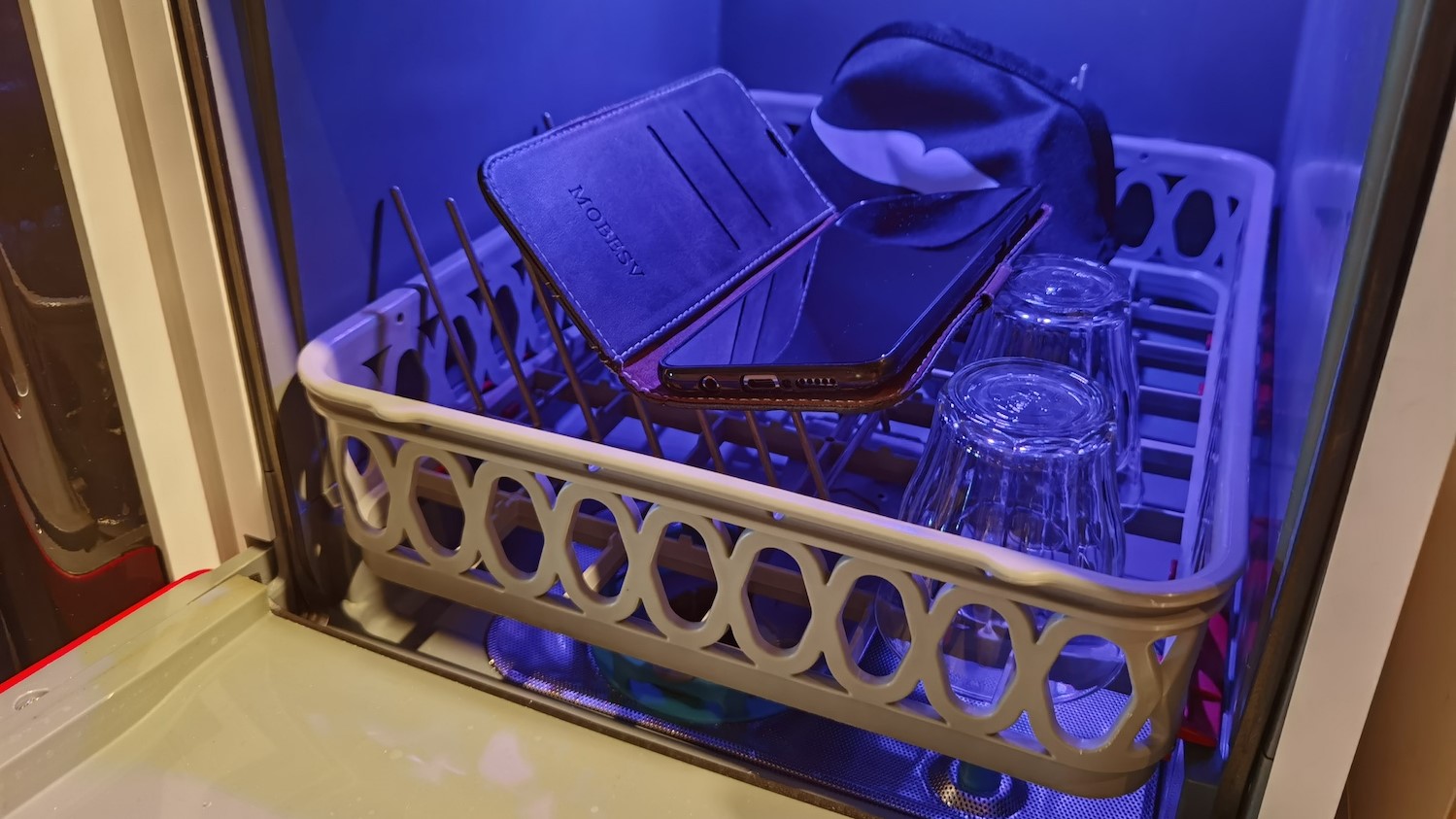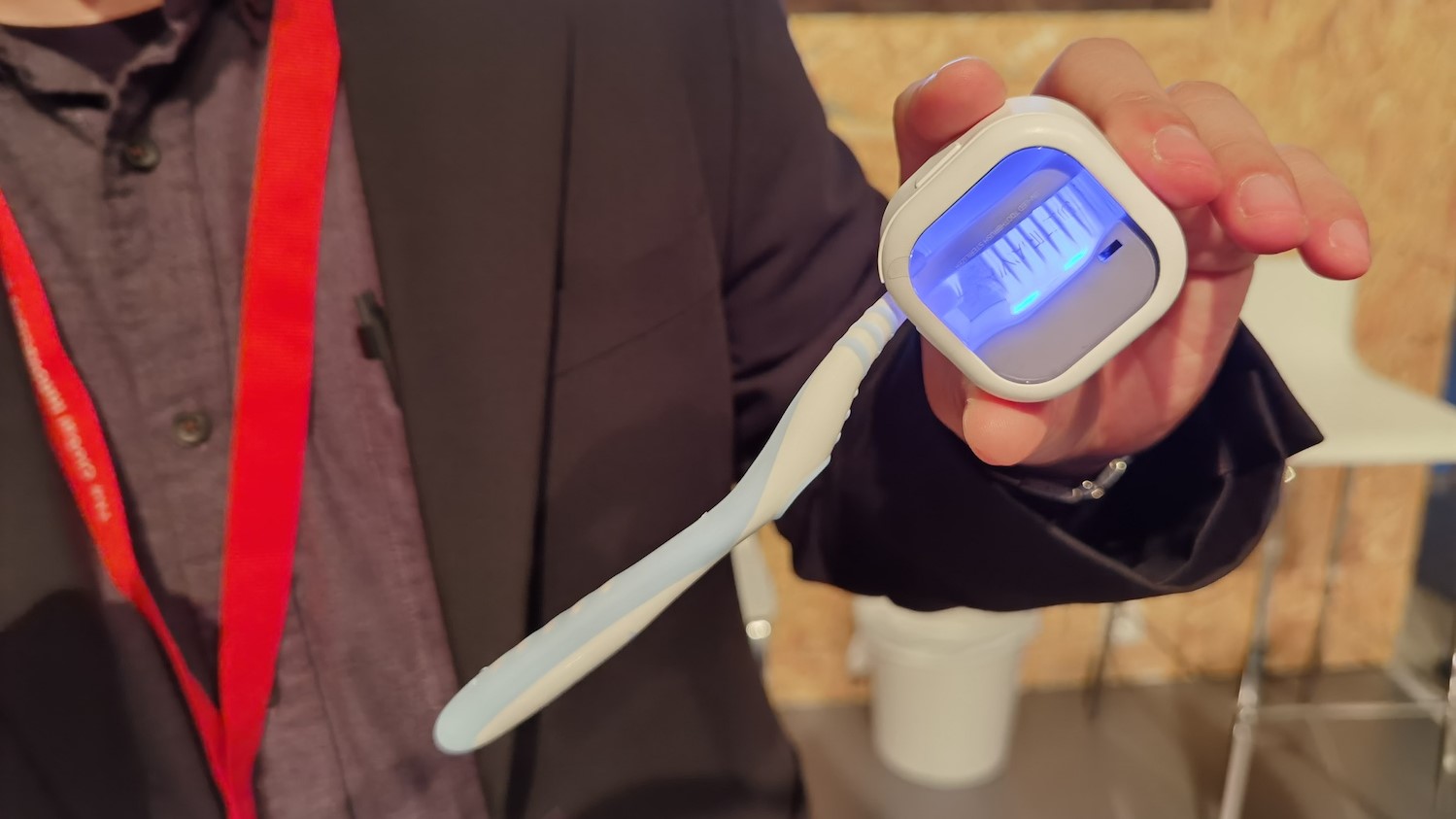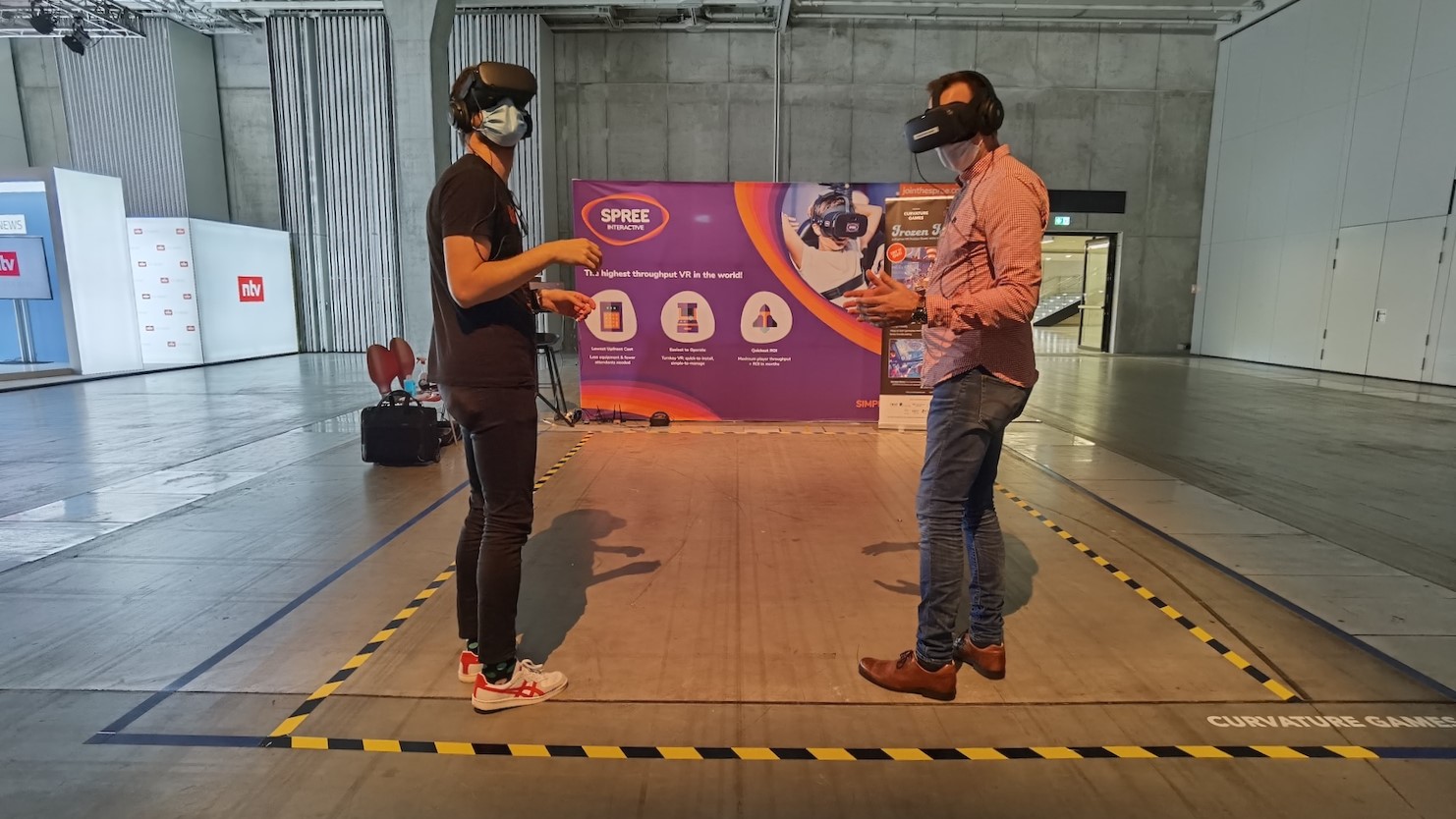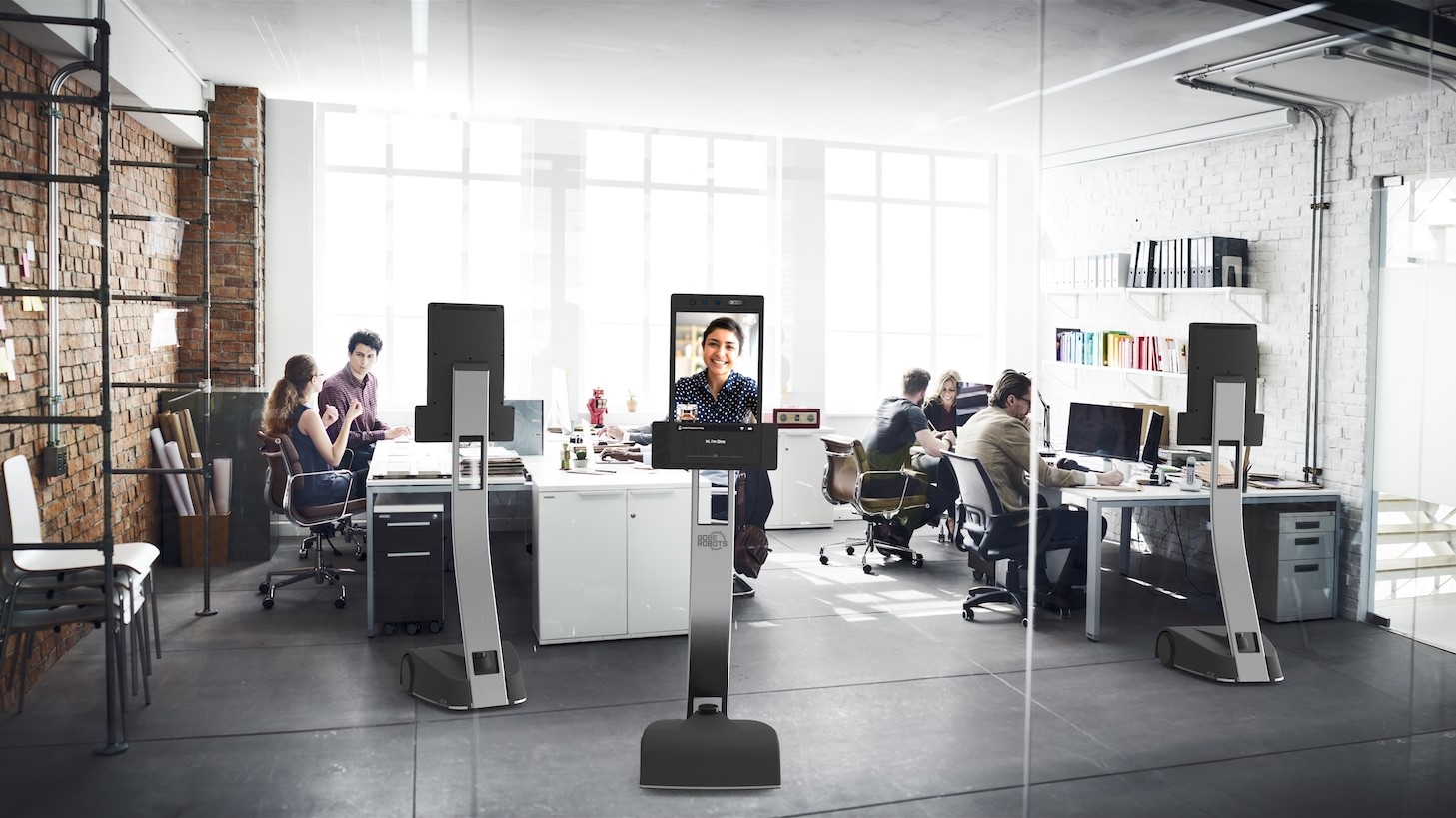Will Covid-19 change tech? The IFA 2020 Special Edition exhibition in Berlin, Germany was a chance to take the tech industry’s temperature – and the message was pretty clear.
The tech industry has refocused. It’s hit the reset button. It’s turned itself off and on again.
“Before corona, the tech industry talked only about convenience, about delivery drones, self-driving everything, and about air taxis from Uber,” says Nick Sohnemann, founder and CEO at Future Candy, an innovation agency based in Hamburg, Germany.
All of that now looks irrelevant, and perhaps symptomatic of an industry that was obsessed with things that now don’t seem to matter. Cue a change in direction for the tech industry, one that will have far-reaching consequences.
“A few years ago everyone was hiring data scientists,” Sohnemann continues. “Now companies will need to employ hygiene engineers.” Just as data scientists were thin on the ground a few years ago, and could demand massive salaries, hygiene experts are currently a rare breed.
“Universities will be starting hygiene courses soon, because we need things like self-cleaning surfaces, and aerosol systems in trains and taxis,” says Sohnemann.
Covid-19 could turn out to be a light-bulb moment for the tech industry, and in more ways than one.
Ultraviolet cleaning
If there were any trends in evidence at this year’s smaller-than-ever IFA 2020, it was gadgets with built-in UVC light modes. Ultraviolet light kills bacteria and viruses, and among the companies exhibiting in Berlin were several that have integrated it into their products. One was Daan Tech’s mini-dishwasher, called ‘Bob the Dishwasher’, which now has an integrated UVC light-powered ‘sterilization mode’.
UVC is high-frequency shortwave radiation that’s blocked by the ozone layer, but can easily be produced artificially. “To use UVC light safely you need a sealed box, and I realized that’s what we have, so we slightly redesigned it to include a new mode to sterilize your mask, phone and keys,” says Damian Oy, President and CEO, Daan Tech.

Expect to see UVC modes being integrated into everything that needs to be touched. So what about your smartphone? “Hygiene is not such a problem for smartphones because it’s your own personal device,” explains Sohnemann.
Hygienic haptics
However, might our collective obsession with hygiene snuff out another tech trend that was emerging before the pandemic? Haptic touch technology is about making the digital world feel more real, and it’s mostly based on people touching things. Yuck.
Sony will include haptic trigger buttons on its upcoming DualSense controller for the PS5. Like smartphones, game controllers are primarily personal devices, so no problems there. However, haptic tech needs to be adapted quickly to avoid the hygiene juggernaut now careening through the tech sphere. A world full of haptic knobs would require new self-cleaning coverings, but haptics do have a hygienic advantage where it counts.

“Hospital staff can’t operate touchscreens with wet hands or gloved hands,” explains Philipp Sachs, chief operating officer at Austria’s XeelTech, which at IFA 2020 was showing off a haptic controller full of a fluid containing magnetizable iron particles, the viscosity of which changes in milliseconds to change the torque, and how the device feels.
“There could be disposable covers for haptic knobs using antibacterial materials – that’s not something you could do for touchscreens.”
The haptic world also has a hands-free innovation whose time may now have come. The UK’s Ultraleap, formerly known as Ultra Haptics, has developed a system that uses ultrasound to produce haptic feedback in mid-air; it basically makes the air tangible. Its hardware features ultrasonic transducers (tiny high-frequency speakers), which are controlled individually to create different sensations on your skin.
Working from home, for good
Hands-free, gesture and voice control now have a bigger future, but in the real, physical world, self-cleaning products and anti-bacterial surfaces are going to be big. However, startups that focus on hardware get a lot less investment than those that concentrate on software, and there’s also something of a time-lag when it comes to hardware.
The working from home revolution, which has implications for both hardware and software development, has had many predicting that virtual reality (VR) could be the next step for videoconferencing and collaboration.
“Video conferencing works fine, but there’s no real interaction, such as gestures and body language – the technology just hasn’t advanced in that way” says Sohnemann. “VR is not high-res enough, and you need data gloves and a bodysuit.”
Right now, VR simply isn’t something the average WFH-er is going to ‘get’, and a scenario where avatars collaborate in a virtual space is beyond current technology.
“We’re often told that VR is perfect for team collaboration, but for now that only applies to VR experts,” says Marc Barnes, game director at Hamburg-based Curvature Games, which at IFA 2020 was demoing a VR installation that uses re-directed walking, a software trick that manipulates the users to create an illusion that their virtual space is much larger than the physical space they’re moving in.

“Convenience and ease of use need to improve – there’s a rush for VR to be everybody’s now, but it’s actually already very special for many people,” adds Barnes. “Yes, it needs to be cheaper, but you need to be literate in it. VR is probably how the kids of this generation will collaborate, not us.”
Not that VR doesn’t have a role to play in the WFH world that’s already seeing the limitations of Zoom and co when it comes to meaningful collaboration. “Don’t underestimate the Z-axis!” says Barnes. “If we’re collaborating on designing a shoe, then compared to a 2D image with just the X and Y axes, VR will show you the depth and the cut, and how it changes in the light. VR makes the Z-axis ubiquitous.”
VR will help in sharing engineering samples, for example, and it’s quicker than making prototypes, but its appeal goes way beyond that. “VR pulls people into new worlds and inspires them,” says Barnes.
Whether VR takes center stage as the ‘next Zoom’ remains to be seen, but collaboration tech is definitely now where it’s at. “There are things coming up, and you will see lots of new meeting technologies at IFA and CES in the coming years, but for now it’s sketchy,” says Sohnemann.
Everyday telepresence
IFA 2020 did see one rather special collaboration concept, in the shape of the Danish-designed GoBe Robot’s Telepresence Robot. Essentially a 21.5-inch screen equipped with a 4K camera, this telepresence robot may not go mainstream, but it’s proof that the tech industry is innovating to overcome the deficits and the barriers to collaboration in the new WFH world.
We know that coronavirus and the resulting WFH movement has put mass-market technology in demand, with the stock prices of the likes of Apple, Microsoft, Amazon, Google-parent Alphabet and Facebook currently skyrocketing. However, the next phase for tech means re-focusing, re-imagining and re-inventing.

“Tech has changed for the better – we know working from home is cheaper and better for the environment,” says Barnes.
There’s also been a paradigm shift in working patterns. “A lot of workers now need to convince their employer that they need to go to the office,” says Sohnemann, who thinks the speed of the lockdown rocket-fuelled a response. “The pressure that corona put on industry didn’t allow for any discussion – if we had had a longer time to discuss it all then a lot of it wouldn’t have happened.”
Coming out of the corona era will be a much slower process, and the tech that we use to cope will adapt and change; however, the current moment presents a huge opportunity for innovation. Whisper it, but the pandemic could work out to be a positive for the tech industry.
from TechRadar - All the latest technology news https://ift.tt/35xH4ly





0 Comments